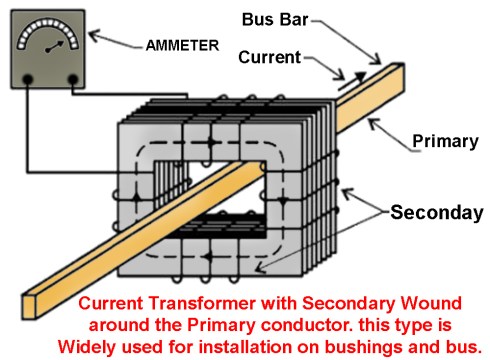Primary winding and secondary winding. Basically a transformer consists of two inductive coils; Equivalent circuit diagram of a transformer is basically a diagram which can be resolved into an equivalent circuit in which the resistance and leakage . If the secondary winding has fewer turns than the primary winding, the output voltage is lower. The coils are electrically separated but magnetically linked to .

Very nicely explained but there should be some diagrams also for our convinence.
These are the basic components of a transformer. Basically a transformer consists of two inductive coils; Equivalent circuit diagram of a transformer is basically a diagram which can be resolved into an equivalent circuit in which the resistance and leakage . The coils are electrically separated but magnetically linked to . Primary winding and secondary winding. A power transformer's diagram involves trading voltages for currents in a circuit while it is not affecting the totality of the electrical power. The main principle of operation of a transformer is mutual inductance between two circuits which is linked by a common magnetic flux. Very nicely explained but there should be some diagrams also for our convinence. If the secondary winding has fewer turns than the primary winding, the output voltage is lower. The transformer works on the principle of faraday's law of electromagnetic induction and mutual induction.
The coils are electrically separated but magnetically linked to . These are the basic components of a transformer. The transformer works on the principle of faraday's law of electromagnetic induction and mutual induction. Very nicely explained but there should be some diagrams also for our convinence. Basically a transformer consists of two inductive coils;

These are the basic components of a transformer.
Equivalent circuit diagram of a transformer is basically a diagram which can be resolved into an equivalent circuit in which the resistance and leakage . The main principle of operation of a transformer is mutual inductance between two circuits which is linked by a common magnetic flux. Basically a transformer consists of two inductive coils; The coils are electrically separated but magnetically linked to . Primary winding and secondary winding. A power transformer's diagram involves trading voltages for currents in a circuit while it is not affecting the totality of the electrical power. These are the basic components of a transformer. The transformer works on the principle of faraday's law of electromagnetic induction and mutual induction. If the secondary winding has fewer turns than the primary winding, the output voltage is lower. Very nicely explained but there should be some diagrams also for our convinence.
Equivalent circuit diagram of a transformer is basically a diagram which can be resolved into an equivalent circuit in which the resistance and leakage . Primary winding and secondary winding. Very nicely explained but there should be some diagrams also for our convinence. A power transformer's diagram involves trading voltages for currents in a circuit while it is not affecting the totality of the electrical power. If the secondary winding has fewer turns than the primary winding, the output voltage is lower.

These are the basic components of a transformer.
These are the basic components of a transformer. Very nicely explained but there should be some diagrams also for our convinence. Basically a transformer consists of two inductive coils; A power transformer's diagram involves trading voltages for currents in a circuit while it is not affecting the totality of the electrical power. Equivalent circuit diagram of a transformer is basically a diagram which can be resolved into an equivalent circuit in which the resistance and leakage . If the secondary winding has fewer turns than the primary winding, the output voltage is lower. The transformer works on the principle of faraday's law of electromagnetic induction and mutual induction. The main principle of operation of a transformer is mutual inductance between two circuits which is linked by a common magnetic flux. Primary winding and secondary winding. The coils are electrically separated but magnetically linked to .
Power Transformer Diagram - Step Down Transformer Definition Diagram Working Principle Electrical4u :. The transformer works on the principle of faraday's law of electromagnetic induction and mutual induction. These are the basic components of a transformer. Equivalent circuit diagram of a transformer is basically a diagram which can be resolved into an equivalent circuit in which the resistance and leakage . Very nicely explained but there should be some diagrams also for our convinence. The coils are electrically separated but magnetically linked to .
Tidak ada komentar :
Posting Komentar
Leave A Comment...